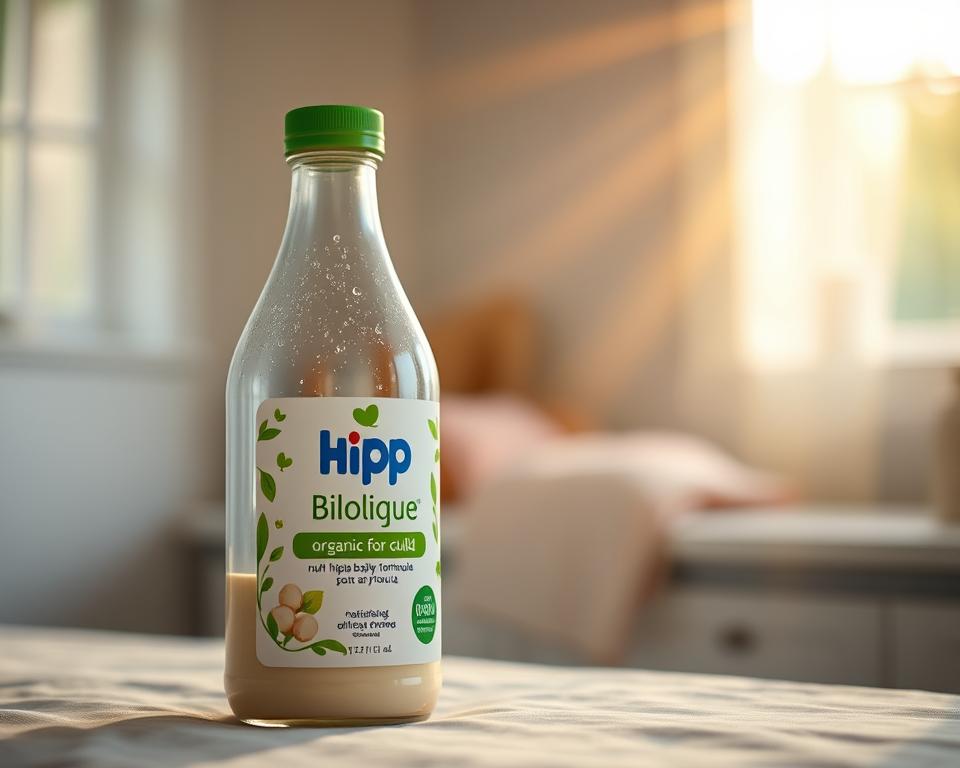Boost Your Adventures with a Portable RV Waste Pump
Have you ever wondered how a small tool can greatly boost your RV life? Meet the portable RV waste pump, a key component for waste management. It gives RV enthusiasts the ability to easily deal with black and gray water, especially in isolated locations with few amenities. Using services like All in Sanitation, finding the right RV sewer pump is simple. Let’s explore the importance of having a portable RV waste pump for an improved RV journey.
Major Takeaways
Appreciating the Necessity of a Portable Waste Pump
For individuals passionate about RV life, a portable RV waste pump is essential. It makes managing waste easier when there’s no direct sewer hook-up. Instead of driving your RV to a dump station, you can transport waste with ease using a portable pump. This is particularly beneficial during long journeys, where dump facilities may be scarce.
What’s more, portable RV waste pumps offer a viable solution for disposing of waste. They are a fundamental component of effective RV waste disposal strategies. Owning one of these pumps implies travelers can focus more on the adventure. They won’t have to worry about how to deal with their waste.
In the end, these pumps are integral to RV living, bettering the camping experience. With the correct portable pump, RVers enjoy the confidence that comes with easy, efficient waste management.
How a Portable RV Waste Pump Works
A portable RV waste pump optimizes the process of waste management on the move. It enables the efficient emptying of RV’s black or gray water tanks into a portable container. The device works either through a gravity-fed system or a macerator pump. This versatility serves different user needs and preferences.
Contemporary portable black water pumps include functionalities that better comfort and cleanliness. They are equipped with odor-sealing hoses and valves. These features are crucial for keeping the RV’s interior environment fresh and clean.
Furthermore, these pumps are designed in accordance with regional standards for waste storage and disposal. This commitment guarantees safety, adheres to eco-friendly waste management practices, and reduces the hassle of waste disposal during travel. An RV waste pump offers travelers peace of mind on their journeys.
Perks of Employing a Portable RV Waste Pump
Portable sewage pump systems offer numerous perks for RV enthusiasts. They improve travel flexibility, letting users stay in remote spots without stress about waste overflow. This translates to less time moving to dump stations and more time enjoying the outdoors.

Taking care of these pumps is notably simple. They come with cleanable components and designs that resist odors. Not only does this keep your RV tidy, but it also improves the camping experience. It allows every group member to concentrate on fun, not waste management.
Understanding the importance of RV waste pumps can change your RV experience. These compact, lightweight pumps simplify transport and storage. They play a crucial role in keeping your surroundings clean, making every journey more pleasant. This enhances the overall enjoyment and quality of life on the road.
Comparing RV Waste Pump Types
Choosing the right RV waste pump means comparing the various types available. Each style excels in different scenarios, based on its pros and cons. We will now examine the main types found in today’s market:
Macerator Pumps: Celebrated for their adjustability, these pumps grind waste for easier disposal. They’re compact and efficient, appealing to numerous RV users.
Electric Pumps: Popularized by brands like Thetford and Camco, these offer automated operation. They are a favorite for those valuing ease and convenience on the road.
Evaluating portable RV pumps goes beyond just their attributes. Consider installation, ease of use, and efficiency too. Factor in your RV’s dimensions and how you travel. Each type offers unique advantages to greatly boost your RVing adventures.
Identifying the Most Suitable Portable RV Waste Pump for Your Circumstances
Selecting the right portable RV waste pump is vital for a hassle-free RV trip. Start by evaluating your needs. Consider how frequently you’ll use the pump and your RV’s waste tank size. It’s vital to pick a pump that can handle the waste volume you anticipate during your trips.
Look at different RV waste pump options, focusing on tank capacity, pump strength, and how easy they are to move. Pumps with more power are better for larger amounts of waste. All in Sanitation provides a variety of pumps suited for different RV sizes and waste disposal needs.
The ease of storing a pump significantly affects its practicality. Select RV waste pump models with a compact design to simplify storage. Also, check that any additional equipment, like hoses and connections, fits the pump you select.
Key Components for Your RV Pump
Identifying the ideal RV pump accessories is key for a trouble-free adventure. Key components like odor-tight hoses help stop bad smells from entering your RV. Quick-connect fittings simplify the setup process, providing an effortless way to manage waste tanks. Portable tank indicators are also necessary. They keep you informed about waste levels, preventing any unexpected situations.
To optimize the waste removal process, include gloves for sanitary management of waste. You should also have adapters to fit different dump station configurations. This ensures your system works anywhere you go. Don’t forget storage bags. They keep your accessories organized and within easy reach.
Steps to Properly Use a Portable RV Waste Pump
Begin by ensuring the RV waste pump is clean and inspecting it for damage. Ensure all parts are in good shape. Secure the hose to the RV’s waste outlet for a spill-proof connection.
Then, activate the valves and start the pump according to the manufacturer’s instructions. Keep an eye on the tank levels to make sure it drains well. Watching for clogs will help avoid issues.
To conclude, using your black water pump correctly increases efficiency and reduces messes. By following these guidelines, you’ll have a smoother waste management experience.
Upkeep Suggestions for Your Portable RV Waste Pump
Regular maintenance of your portable discharge pump is vital for its effectiveness and longevity. Regular upkeep boosts its performance and reduces risks of unexpected malfunctions during travels. Begin by thoroughly washing the device after every time you use it. This action prevents leftover waste from creating bad odors and possible blockages.
It’s vital to periodically check the hoses for any signs of weakening. Replacing worn-out hoses immediately is essential for the pump’s proper functioning. Additionally, inspect all connections and electrical components to ensure they are in good working condition. Adhering to this maintenance advice will lead to a dependable performance during your RV excursions.
Enjoyable Journeys with Effective Waste Handling
Efficient control of RV waste is key for an enjoyable outdoor journey. A portable RV waste pump offers significant comfort enhancements on trips. It enables travelers to handle waste effectively, minimizing bad smells. It also lessens the frequency of required dump station visits.
For a hassle-free experience, RVers should follow these waste management suggestions:
By following these guidelines, RV enthusiasts can enjoy their nature encounters to the fullest. A well-planned waste management approach eliminates stress. It boosts the overall pleasure and connectivity with the outdoors.
What All in Sanitation Provides
All in Sanitation is your go-to for specialized RV waste management options. They understand what RV owners need. Their selection includes top-tier portable waste pumps, making disposal easy. These products, crafted from durable materials and with cutting-edge designs, set a industry standard.
In addition to waste pumps, All in Sanitation also provides vital accessories. These additions improve the products’ efficiency and improve your RV lifestyle. With expert advice from their team, making the most of these tools is simple. This ensures your waste management process is effortlessly integrated into your journeys.
All in Sanitation places a huge emphasis on pleasing their customers. They have a knowledgeable crew on standby to field your queries, give sage advice, and help solve any problems. This level of support allows RV adventurers to relax, knowing they’re making eco-friendly choices on their travels.
Final Thoughts
Making use of a portable RV waste pump can significantly enhance your RV experience, offering efficient waste disposal. It provides ease of use and the freedom to explore remote locations without worry. These benefits ensure cleanliness during your travels. They allow you to enjoy your adventures without fretting over waste management.
Picking the best waste pump and keeping it in good condition is essential as you embark on your trips. Proper maintenance ensures smooth travels and betters your road experience. With quality products from trusted suppliers like All in Sanitation, your trips can achieve greater flexibility and freedom.
Bearing in mind these crucial elements of RV waste disposal will get you ready for delightful trips. A portable RV waste pump brings convenience and peace of mind. It turns your camping experience into something truly unforgettable.








